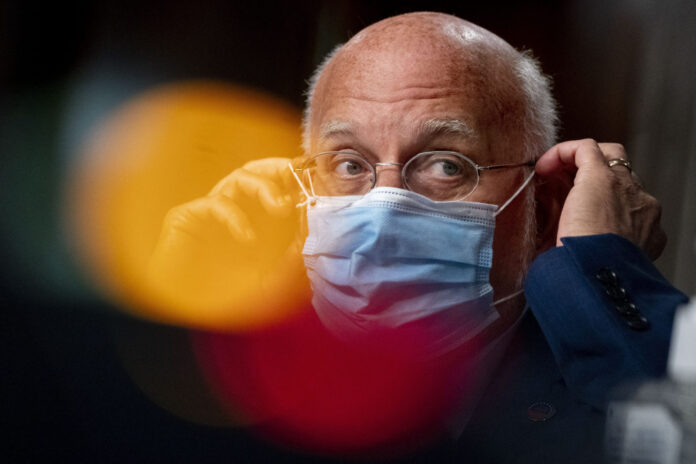By MIKE STOBBE
The Associated Press
NEW YORK — U.S. health officials are taking a new tack to encourage Americans to wear masks: They’re emphasizing recent research that a mask protects the person who wears it.
Previously, the Centers for Disease Control and Prevention advised people to wear masks because of evidence that it stops people who are infected with coronavirus — whether they know it or not — from spreading it to others.
But this week the CDC posted a new scientific brief discussing recent studies finding that a wearer gets some protection.
The agency’s guidance didn’t change. It continues to advise Americans to wear masks to stop the virus from spreading.
“But now we’re saying here’s another reason” to do it, said Dr. John Brooks, chief medical officer for the CDC’s COVID-19 emergency response.
Agency officials were influenced by a recent study led by Japanese researchers who used mannequin heads and artificial respirators to simulate the spread of coronavirus particles through the air, and assess how well masks blocked transmission.
It confirmed earlier research that masks work best when worn by an infected person who might spread it by coughing, sneezing or talking. Masks block about 60% of the amount of virus that comes out of an infected person, the study found.
But the researchers also found there was benefit when an uninfected person wearing a mask was unlucky enough to be near an infected person who wasn’t wearing one. In that scenario, the amount of virus the uninfected person inhaled fell by 37% — to 50% — if they wore a mask.
When both people were wearing masks, the decline in virus particles reaching the second person was largest — close to 70%.
The study didn’t perfectly mimic most real-world situations. For example, the heads were closer together than six feet, and the exhaling mannequin head was doing more of a constant cough than regular breathing.
But Brooks said the value of everyone wearing masks is suggested by several other studies of real-world situations — including one of customers in a Missouri hair salon, another on a U.S. aircraft carrier, and several others that tracked infections and deaths in places that adopted mask mandates.
___




